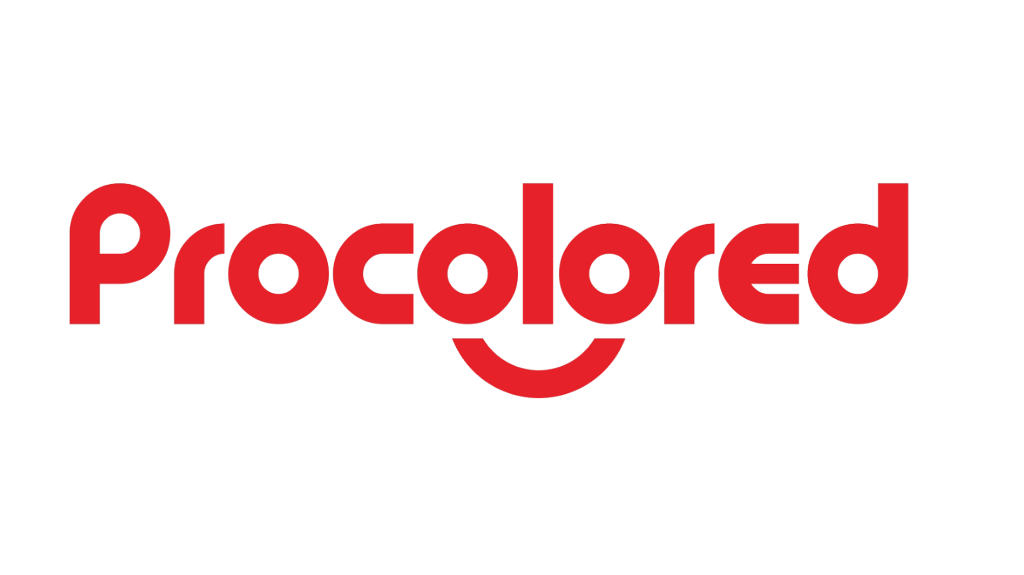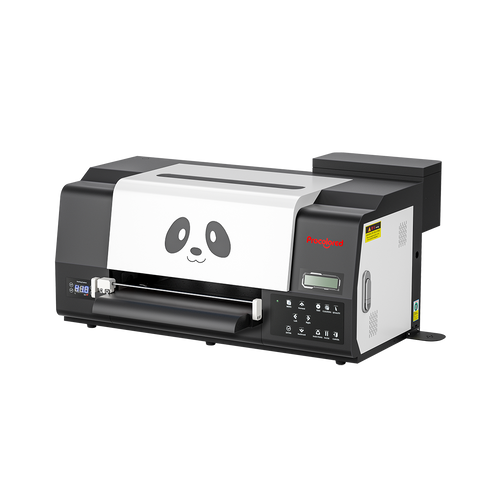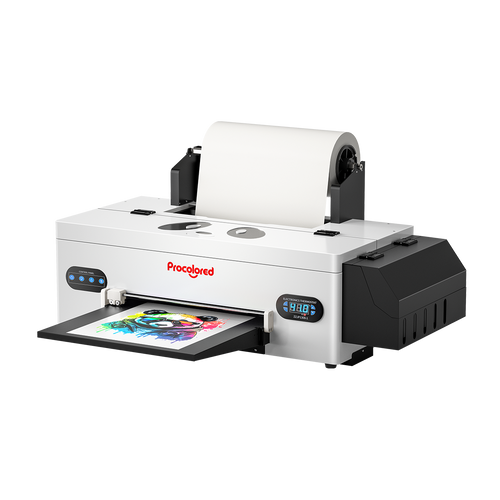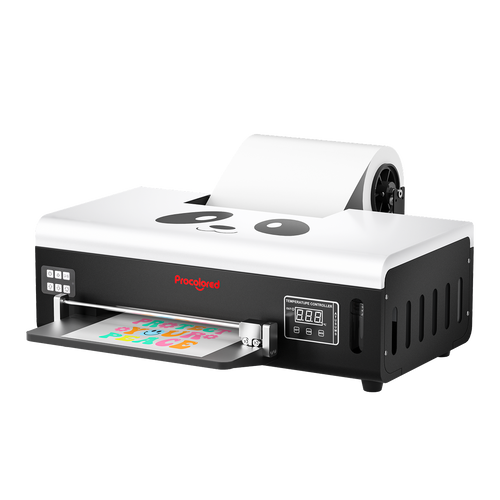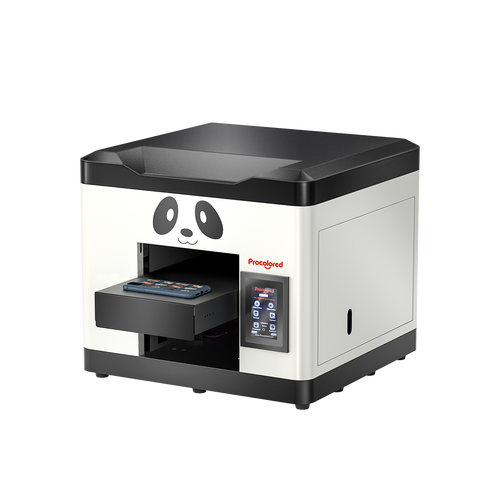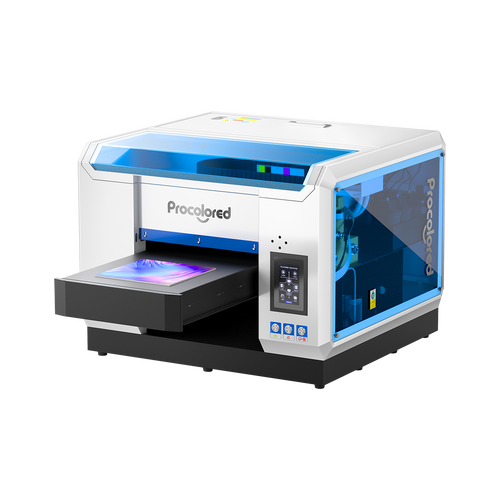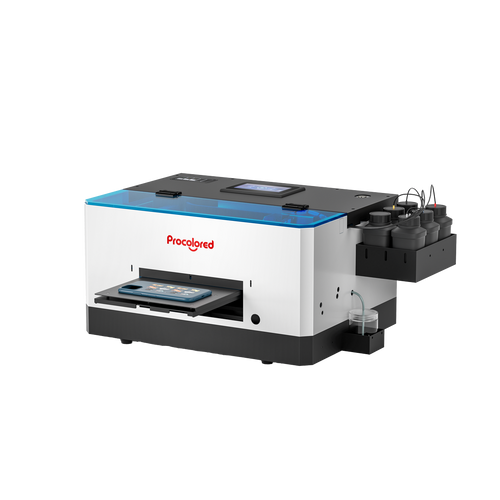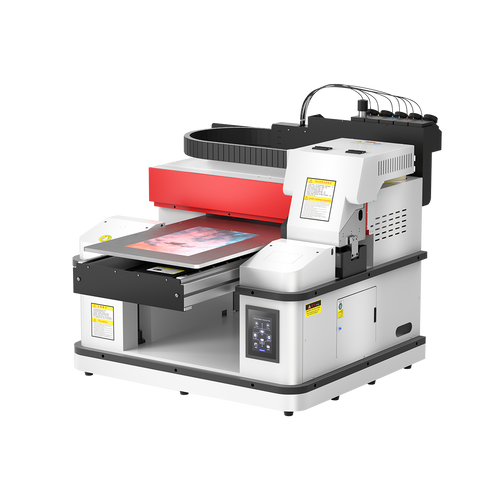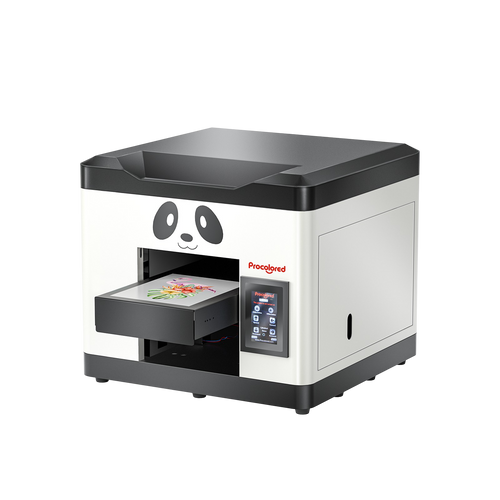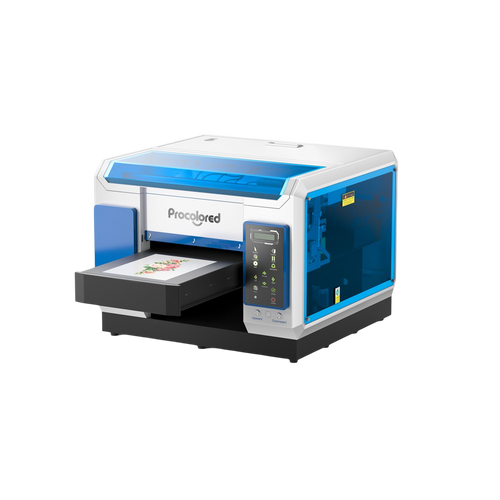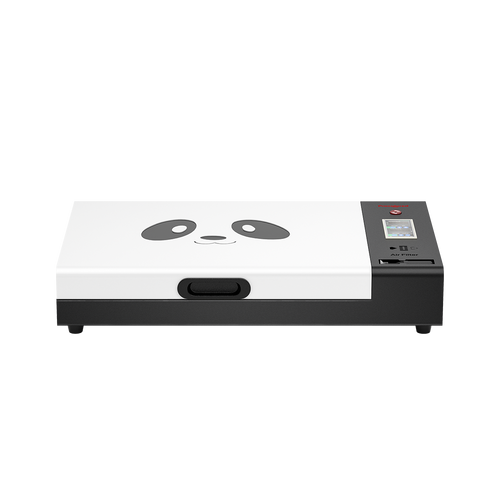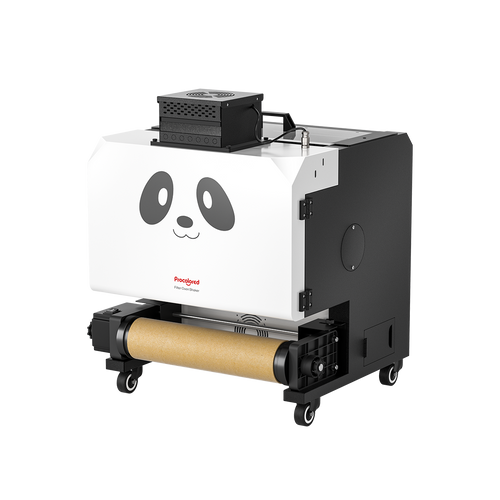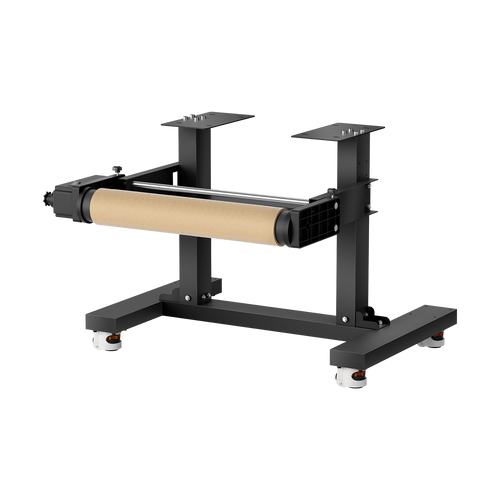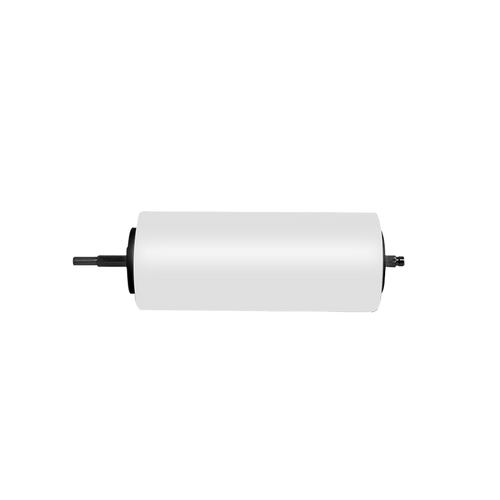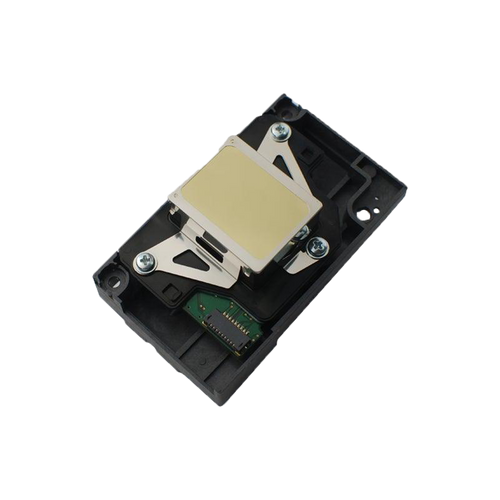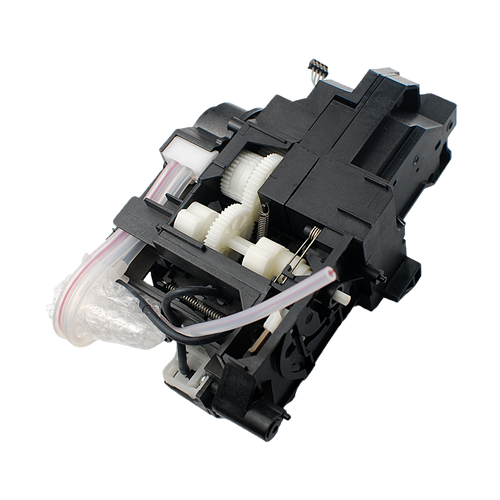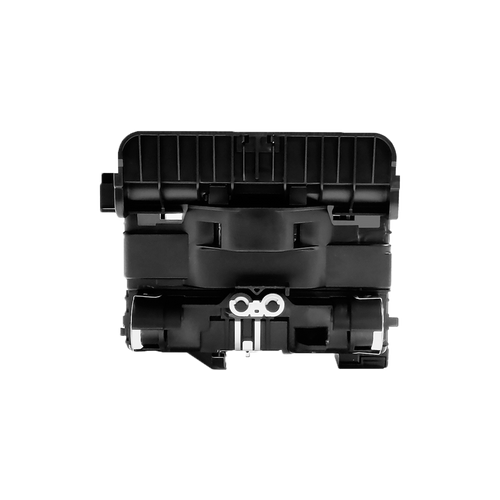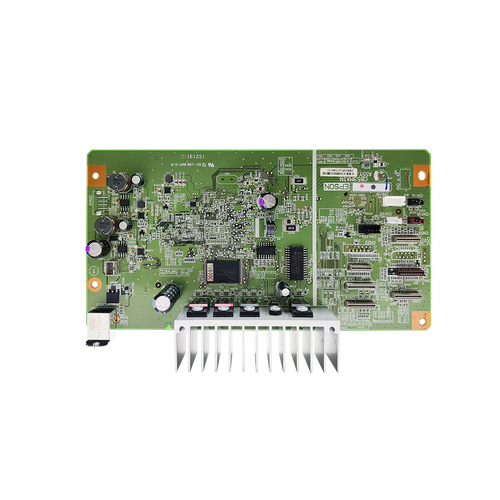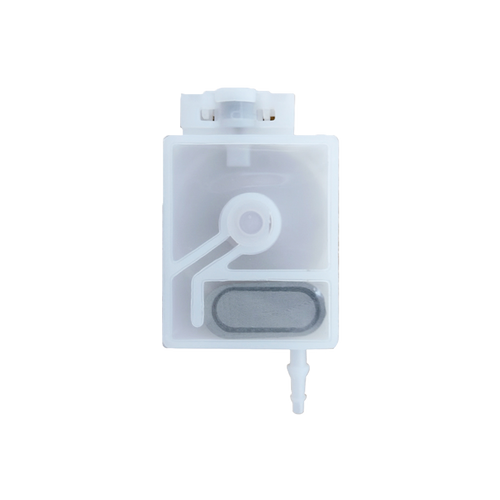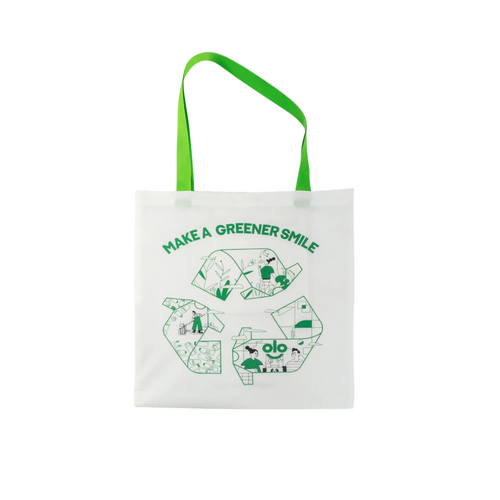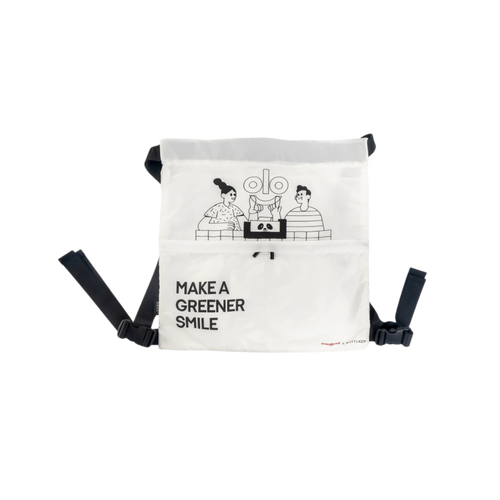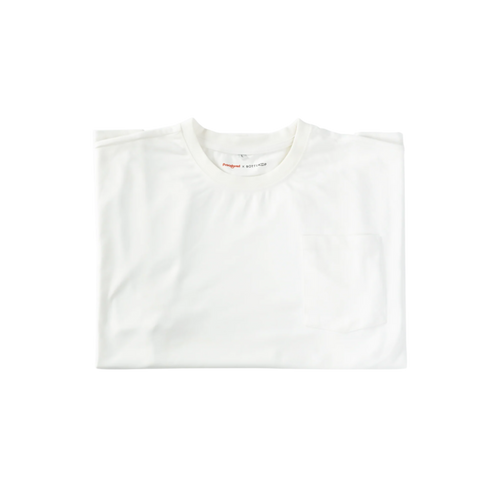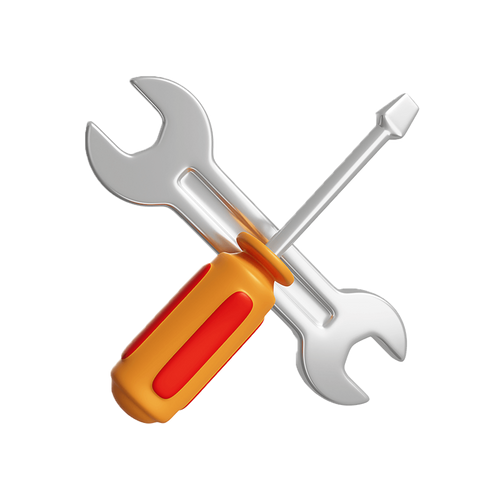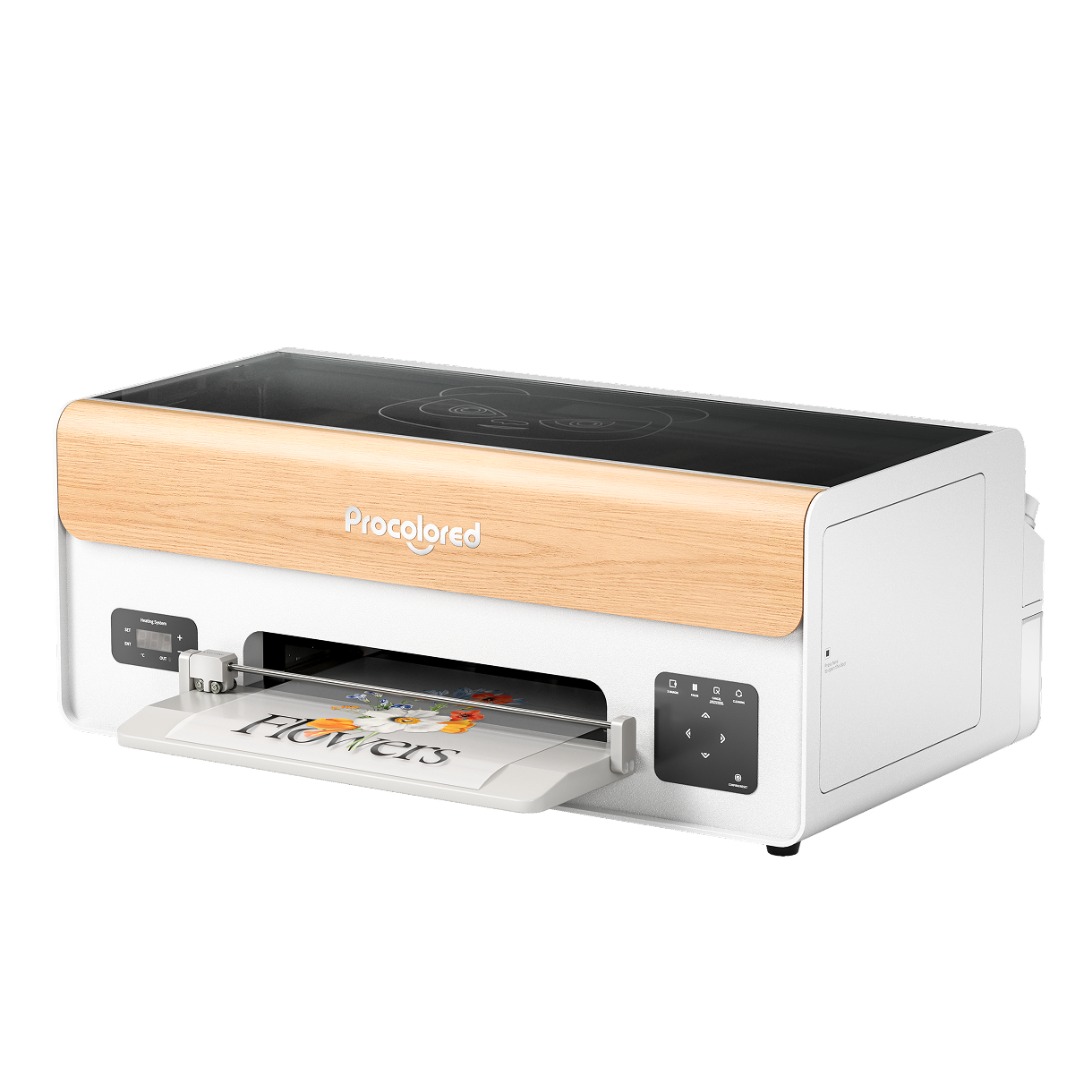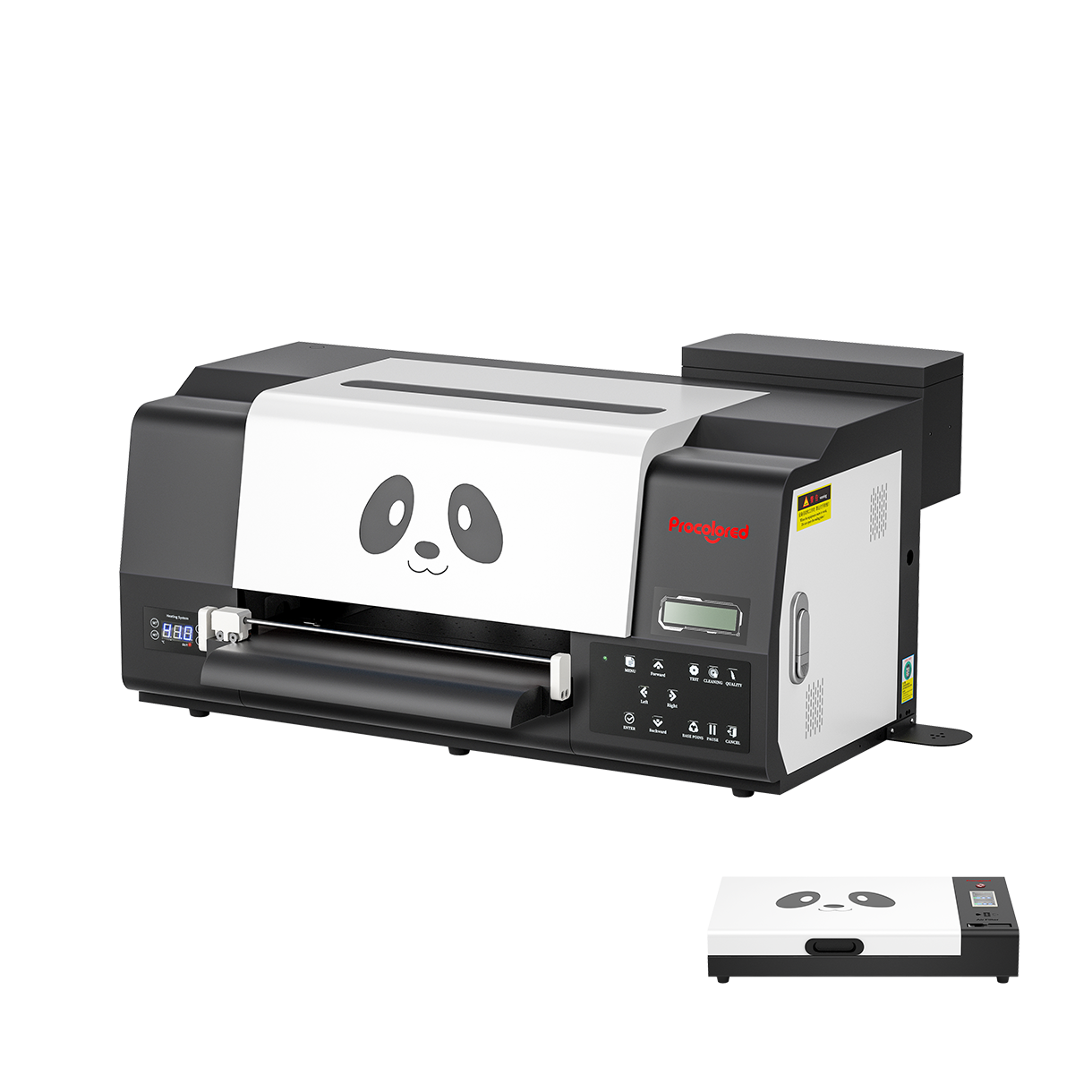A DTF printer (not UV DTF Printer) can be a good choice for your T-shirt business, depending on your specific needs and requirements. DTF printing technology has several advantages over other printing methods for print on demand business, including the ability to print full-color images with high resolution and detail, and the flexibility to print on a wide variety of materials and surfaces, including cotton, polyester, and blended fabrics.
DTF printers also have lower operating costs compared to other printing methods, such as direct-to-garment (DTG) printing. DTG printer requires expensive inks and pre-treatment solutions. DTF printers use special ink sets that are designed for use with films, which are typically more affordable than other types of ink. Explore DTG printer for sale to start your T-shirt small business.
However, there are some limitations to DTF printing that you should consider before investing in print-on-demand business. DTF printing requires a heat press to transfer the printed image onto the fabric, which can be an additional investment if you don't already have one. The printing process can also be more complex and time-consuming than other methods, such as screen printing or vinyl cutting.
Additionally, the quality of the final product can depend on several factors, including the quality of the film used, the ink, and the application process. It's important to do your research and select a high-quality DTF printer that is well-suited to your specific needs and requirements.
In conclusion, a DTF printer can be a good choice for a T-shirt business that wants to produce high-quality, full-color images on a variety of fabrics and surfaces, and is willing to invest in the necessary equipment and materials. However, it's important to carefully consider the pros and cons of this technology before making a final decision.

- What are the options for T-shirt printing?
There are several options for T-shirt printer, including:
Screen printing: This is the most common method of T-shirt printing. It involves creating a stencil of the design, which is then used to apply ink to the T-shirt through a screen. This method is best for large quantities of T-shirts and designs with few colors.
Direct-to-garment printing: This method uses a specialized printer to print the design directly onto the T-shirt. This is a good option for complex designs and smaller quantities, but may not be as cost-effective as screen printing for larger quantities.
DTF heat transfer printing: This involves printing the design onto a transfer film and then using heat to transfer the design onto the T-shirt. This method is best for designs with lots of colors or photographic images, and can be done with a heat press or an iron.
Vinyl cutting: This method involves cutting out the design from a sheet of vinyl and then heat pressing the vinyl onto the T-shirt. This is a good option for designs with few colors and simple shapes, and can be used to create a textured or 3D effect.
Dye sublimation printing: This involves printing the design onto transfer paper using special dye sublimation ink, and then transferring the design onto the T-shirt using heat and pressure. This method works best on light-colored T-shirts made of polyester or polyester blend fabrics, but it is not good on other fabric, especially dark fabrics.
- What are the advantages of DTF technology compared to other T-shirt printing technology?
DTF (Direct-to-Film) printing is a relatively new technology that has some advantages over other T-shirt printing technologies. Here are some advantages of DTF technology compared to other T-shirt printing technologies:
①Better color vibrancy and detail: DTF printing uses a white film as a base layer, which allows for better color vibrancy and detail than other printing methods. This is because the ink is absorbed into the fabric, rather than just sitting on top of it.
②No color limitations: With DTF printing, there are no limitations on the number of colors that can be used in the design. This means that even complex designs with many colors can be printed with ease.
③Cost-effective for small quantities: DTF printing is cost-effective for smaller quantities of T-shirts because there are no setup costs or minimum order quantities. This makes it a great option for smaller businesses or individuals who only need a few T-shirts printed.
④Works on a wide range of fabrics: DTF printing can be used on a wide range of fabrics, including cotton, polyester, and blends. This makes it a versatile printing method that can be used for many different types of T-shirts and other garments.
⑤Easy to use: DTF printing is easy to use, and the process can be done quickly and efficiently. This makes it a great option for businesses that need to produce T-shirts quickly and on-demand.
It's worth noting that DTF technology is still relatively new, and there are some potential drawbacks to consider as well, such as the need for specialized equipment and the environmental impact of the process. However, for many businesses and individuals, DTF technology can be a great option for T-shirt printing machine.

- If I want to engage in DTF printing, how should I start?
If you want to start engaging in DTF (Direct-to-Film) printing, here are the basic steps you can follow:
①Research DTF printing: Learn about the technology and the materials you will need to get started. There are many resources online that can provide you with information about DTF printing, such as videos, tutorials, and forums.
②Choose a DTF printer: You will need a DTF printer that is capable of printing on the type of fabric you want to use. There are many different brands and models of DTF printers available, so you will need to do your research to find one that meets your needs and budget.
③Purchase DTF film and ink: You will need DTF film, which is a thin layer of white film that is used as the base for the design. You will also need DTF ink, which is a special type of ink that is used for printing on the film.
④Create your designs: You can use design software such as Adobe Photoshop or Illustrator to create your designs. Once you have your designs ready, you can print them onto the DTF film using the DTF printer.
⑤Heat press the design onto the T-shirt: After printing the design onto the DTF film, you will need to transfer the design onto the T-shirt using a heat press. The heat press applies heat and pressure to the film, which transfers the design onto the fabric.
⑥Wash and cure the T-shirt: After printing and pressing the design onto the T-shirt, you will need to wash and cure the T-shirt to ensure the ink is fully set and the design is durable.
It's important to note that DTF printing requires some specialized equipment and materials, so it may not be the best option for everyone. However, with the right setup and skills, DTF printing can be a great way to produce high-quality, vibrant designs on T-shirts and other garments. Learn more knowledge about how to start a tshirt business.

- How to choose a Procolored DTF printer?
When choosing a Procolored DTF (Direct-to-Film) printer, here are some factors you should consider to locate the best DTF printer that suits your business:
Print quality: The print quality of the DTF printer should be your top priority. Look for a printer that can produce high-quality, vibrant, and durable prints with a resolution of at least 1440 x 1440 dpi.
Speed: Speed is another important factor to consider, especially if you plan on printing large quantities of T-shirts. Look for a DTF printer that can print quickly without sacrificing print quality.
Ink type: The ink used in DTF printing is different from other types of ink, so make sure the printer you choose uses high-quality DTF ink that is durable and produces vibrant colors.
Size and capacity: The size and capacity of the DTF printer can also be important factors to consider. Choose a Tshirt printing machine for small business that is large enough to handle the size of T-shirts you plan to print, and that has a capacity that meets your production needs.
Price: The price of the DTF printer is another important factor to consider. A3 DTF printer is the most common choice. Look for a printer that fits within your budget while still meeting your needs for print quality, speed, and fabric compatibility.
Brand and support: It's also important to consider the brand and support of the DTF printer. Look for a reputable brand with good customer support and a warranty that covers any potential issues with the printer.
By considering these factors of the best dtf printer for small business, you can choose a Procolored DTF printer that meets your needs and helps you produce high-quality, vibrant, and durable T-shirt prints.

Here are the parameters of Procolored DTF printers for your reference:
|
Model |
Print quality |
Speed |
Ink type |
Printing size |
Price |
|
DTF A4 printer |
General(1440*1440 dpi) |
A4/3min |
Water-based DTF ink |
210*297mm |
1399 USD |
|
DTF R1390 Roller version |
General(1440*1440 dpi) |
A3/7min |
Water-based DTF ink |
297*420mm |
2399 USD |
|
DTF L1800 Roller version |
General(1440*1440 dpi) |
A3/7min |
Water-based DTF ink |
297*420mm |
2699 USD |
|
DTF R2000(DX5) Roller version |
Good (1440*1440 dpi) |
A3/5min |
Water-based DTF ink |
297*420mm |
3399 USD |
|
DTF-330 printer |
General(1440*1440 dpi) |
A3/6min |
Water-based DTF ink |
330*420mm |
2799 USD |
|
DTF pro printer |
Better(2400*2400 dpi) |
A3/4min |
Water-based DTF ink |
350*no limit |
5199 USD |

